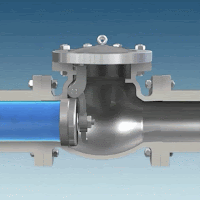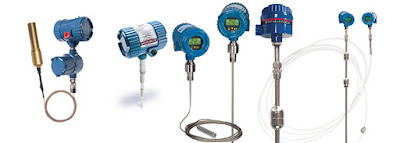Pressure gauges are ubiquitous in industry and installed on machinery around the world. While there are millions of possible combinations of shapes, sizes, options and materials, careful attention needs to be given to the following five criteria for safe use and long product life.
1) Process Media
Direct exposure of the sensing element to the process media is a possibility, so attention must be given to any corrosive media, media with particulate, or media that can solidify and clog the pressure gauge element. For non-clogging media, a direct connection and Bourdon tube sensor can be applied. For process media that could potentially cause clogging, a
diaphragm seal should be used.
2) Process Media Temperature
Very hot media, such as steam or hot water, can elevate the gauge's internal temperature leading to failure or an unsafe condition. For high temperature application, the use of a gauge "siphon" or diaphragm seal be applied.
3) Ambient Operating Temperature and Environment
It is important to know the rated ambient environment for any instrument. Elevated ambient temperatures, moisture, vibration, and corrosive atmospheres can all affect accuracy, calibration, and safety. Choose the proper case and mechanism materials if oxidizing or reducing atmospheres exist, and consider the addition of ancillary devices, such as remote diaphragm seals, to relocate the gauge.
4) Possibility of Severe Pressure Fluctuations
In applications where dramatic line pulsations or strong over-pressure conditions are a possibility the use of pressure restrictors, snubbers, or liquid-filling will extend the service life of the pressure gauge.
5) Mounting
 |
| Snubbers & restrictors |
Pressure gauges are standardly available with bottom (radial) and back connections. NPT (National Pipe Thread Taper) threaded connections are generally the standard. Many other process connections are available though, such as straight threads, metric threads, and specialized fittings. Make sure you know how the gauge is being connected. When mounting, pressure gauges should be almost always be mounted upright.
For more information about
pressure gauges, contact PSI Controls by visiting
https://psi-team.com or by calling
800-223-1468.












